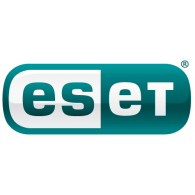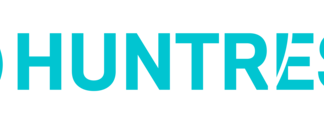As we know in today’s world, the Internet and digital applications is woven into every day life.
From our personal lives to our careers, our digital footprint has become a big piece of our identity. And while our online presence is important to us during life, it is often left for others to deal with after we pass away.
Tony Anscombe from ESET said that like many people, he uses the Internet as a daily part of life and in ways that cause his online and offline worlds to be entwined. Recent events have provoked him into thinking about creating guidance while preparing his own digital world so that, if something unexpected happens to him, those that he leave behind will be less stressed when dealing with his digital legacy.
The important elements of a digital footprint may include, but are not limited to; financial accounts, family photographs, music collections and playlists through to social media and email accounts. Some service providers may have a broad range of services: for example, Google could be providing email, photos and cloud storage, while Spotify may be storing your favorite playlists. Accessing the data or managing the online accounts could be important both short-term: to inform people about a situation, and long-term to ensure no important data needed by those you leave behind is lost.
The suggested actions below may not cover all services or accounts, but it should constitute a good starting point for making the preparations needed to ensure your data lives on, that loved ones can gain the access needed or your right to be forgotten is observed.
Assign a digital executor
Appoint a digital executor. It’s common practice to appoint an executor in a will, someone trusted who takes care of property, finances and assets and distributes them according to your wishes. Today’s world means you may also need a digital executor to take charge of and handle digital assets – deleting, converting, downloading and managing accounts and profiles. In the same way that you list important financial assets, you may wish to list digital assets and what your specific instructions are for each one, so that there is no confusion or disagreement among the people you leave behind.
Use a password manager
Using a password manager to create a single repository where account credentials are stored has the benefit of enabling extremely complex (and hence secure) passwords to be generated, since the need to remember them all is removed; all you need to remember is one single, very strong, password to unlock the password manager. It’s also a protection against keyloggers, as they cannot monitor something that is not being typed in. Some password managers include a variety of options including creating a family plan, a file vault providing each user a secure place to store important documents and information and a variety of options for password recovery should it be needed.
Alert service providers
Make sure your loved ones know what your wishes are regarding your social media.
· Facebook — Facebook allows you to appoint a legacy contact; this gives the nominated person the ability to memorialize the account and post a final message. The legacy contact can also delete any unwanted tribute posts, remove tags, respond to friend requests, request account deletion and such like. Be cautious, though, for they can also see all posts you made even if marked as ‘Only Me’ in the privacy settings. The instructions to assign a legacy contact on Facebook can be found here. The other option is to request deletion of the account – note, though that once deleted, access can never be regained; the details to make a deletion request can be found here.
· Instagram – Instagram does not allow you to appoint a legacy contact. The account can be memorialized or deleted with separate online forms needing to be completed and they include the need to provide proof of death, such as a death certificate. If the request is to delete the account, it needs to be made by an immediate family member who will need to provide proof of their relationship and their authority.
· LinkedIn – LinkedIn provides the ability to remove an account by reporting it and providing documented evidence similar to that of Instagram.















